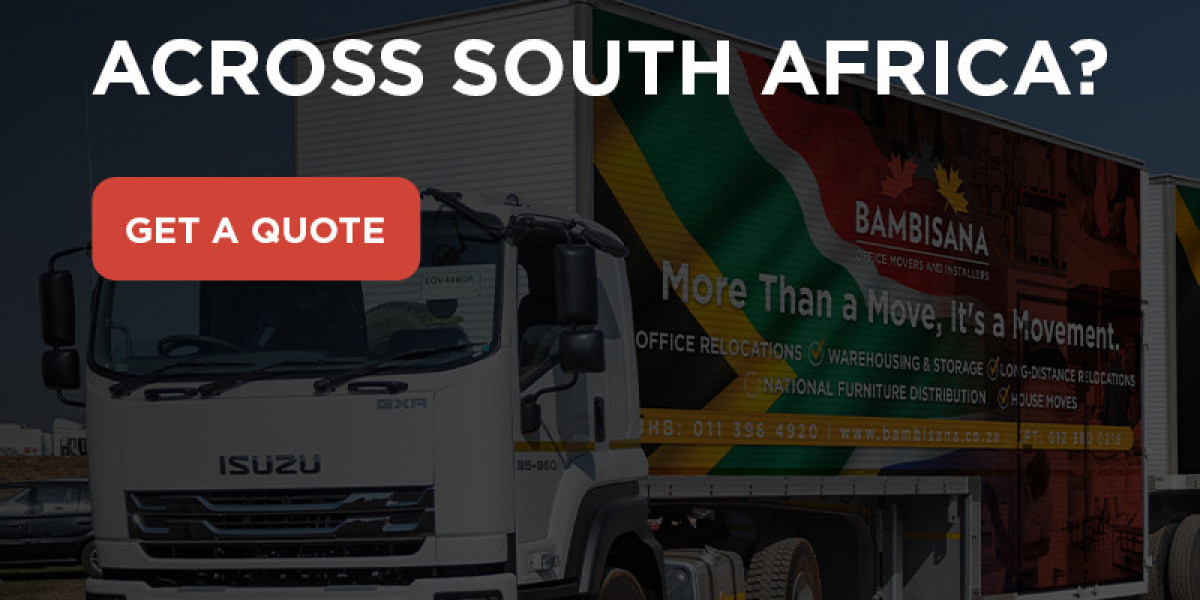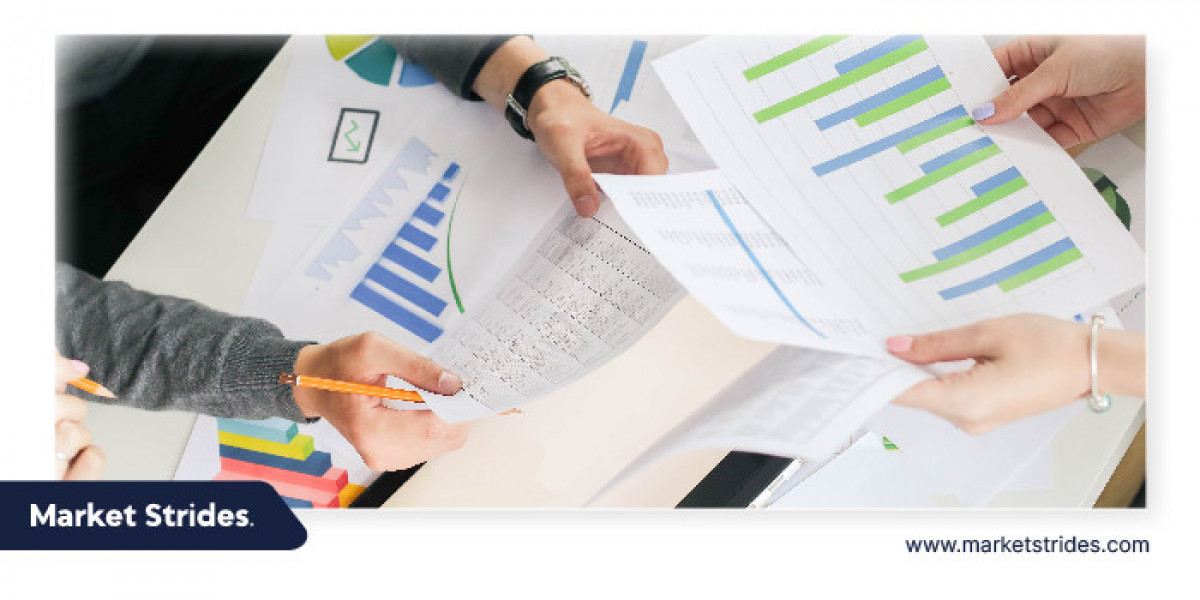In today’s competitive business landscape, understanding market demand and accurately forecasting trends is critical for shaping effective strategies. Demand and forecasting provide businesses with the insights needed to align operations, optimize resources, and drive growth. In this blog, we’ll explore how demand forecasting influences decision-making, the strategic benefits it offers, and the role of advanced tools like thouSense in enhancing these processes.
What are demand and forecasting?
Understanding demand
Demand refers to the quantity of a product or service that customers are willing and able to purchase at a given price within a specific timeframe. It is influenced by various factors, including price, income, customer preferences, and market trends.
What is forecasting?
Forecasting involves analyzing historical data, trends, and external factors to predict future demand and market behavior. It allows businesses to anticipate changes and make informed decisions to stay ahead of competitors.
The connection between demand and forecasting in business strategies
The relationship between demand and forecasting is integral to business success. While demand represents customer needs, forecasting provides a framework to anticipate those needs and align business operations accordingly. Together, they form the foundation of effective business strategies.
How demand forecasting shapes business strategies
Demand forecasting offers numerous benefits that directly impact business strategies across various functions:
1. Production planning
Forecasting helps businesses align their production schedules with anticipated demand, ensuring they manufacture the right quantity at the right time.
Strategic benefits:
- Reduces waste from overproduction.
- Prevents delays caused by underproduction.
- Enhances operational efficiency.
2. Inventory management
By predicting future demand, businesses can maintain optimal inventory levels, minimizing carrying costs and preventing stockouts.
Strategic benefits:
- Avoids excessive storage costs.
- Ensures timely availability of products.
- Improves cash flow management.
3. Financial planning
Forecasting enables businesses to predict revenue streams and allocate budgets effectively, supporting long-term financial stability.
Strategic benefits:
- Guides investment decisions.
- Helps in budgeting for marketing and production.
- Reduces financial uncertainties.
4. Marketing strategies
Demand forecasting highlights customer preferences and seasonal trends, allowing businesses to design targeted marketing campaigns.
Strategic benefits:
- Improves the ROI of marketing efforts.
- Enhances customer engagement.
- Aligns promotions with peak demand periods.
5. Workforce management
Accurate forecasts allow businesses to plan their workforce needs, ensuring they have the right number of employees at the right time.
Strategic benefits:
- Prevents overstaffing or understaffing.
- Reduces labor costs.
- Ensures smooth operations during peak periods.
The Role of thouSense in Demand Forecasting
Advanced tools like thouSense are revolutionizing how businesses approach demand and forecasting. By leveraging artificial intelligence and machine learning, thouSense provides real-time insights that enhance decision-making and strategic planning.
1. Real-time data analysis
thouSense processes vast amounts of data in real-time, ensuring forecasts are accurate and reflective of current market conditions.
2. Predictive analytics
Using advanced algorithms, thouSense identifies patterns and predicts future demand trends with high accuracy, helping businesses stay ahead of market shifts.
3. Actionable insights
thouSense translates complex data into clear recommendations, enabling businesses to optimize their strategies for production, inventory, and marketing.
4. Scalability
From small businesses to large enterprises, thouSense adapts to different scales and complexities, making it a versatile tool for forecasting needs.
Challenges in demand forecasting and how to overcome them
While demand forecasting is invaluable, it comes with its own set of challenges. Addressing these challenges is essential for ensuring accuracy and effectiveness:
1. Data quality
Forecasting relies on accurate and comprehensive data. Inconsistent or outdated data can lead to flawed predictions.
Solution:
Invest in robust data collection and management systems to ensure data accuracy and reliability.
2. Market volatility
Unpredictable market changes, such as economic downturns or global disruptions, can affect demand forecasts.
Solution:
Use real-time monitoring and advanced tools like thouSense to stay agile and adapt to market fluctuations.
3. Complexity of variables
Demand forecasting involves multiple influencing factors, including customer behavior, pricing, and external conditions.
Solution:
Leverage machine learning and AI-powered tools to analyze complex datasets and generate precise forecasts.
How demand forecasting drives business growth
Demand forecasting is not just about predicting future needs—it’s a growth enabler. Here’s how it drives business success:
1. Informed decision-making
Forecasting provides the data businesses need to make proactive, well-informed decisions.
2. Enhanced customer satisfaction
By aligning operations with demand, businesses can deliver products on time, improving the customer experience.
3. Competitive advantage
Forecasting helps businesses anticipate market trends, adapt quickly, and stay ahead of competitors.
4. Sustainable growth
By optimizing resources and reducing waste, demand forecasting supports long-term sustainability and profitability.
Why demand and forecasting are indispensable for modern businesses
In today’s rapidly changing markets, businesses that prioritize demand and forecasting gain a significant edge. Here’s why it’s a necessity:
1. Adaptability
Forecasting enables businesses to adapt to changing consumer behaviors and market conditions, ensuring resilience.
2. Operational efficiency
By aligning production, inventory, and marketing with demand forecasts, businesses can operate more efficiently and cost-effectively.
3. Strategic planning
Forecasting provides a clear roadmap for long-term planning, guiding businesses through growth opportunities and potential risks.
Conclusion
The relationship between demand and forecasting is central to crafting effective business strategies. From production planning to marketing, demand forecasting drives informed decision-making and operational excellence. Tools like thouSense amplify these benefits, providing real-time insights and predictive analytics that empower businesses to thrive in a competitive landscape. In today’s data-driven world, leveraging demand forecasting isn’t just an advantage—it’s a necessity for achieving sustainable growth and success
FAQs
1. What is demand forecasting?
Demand forecasting involves analyzing historical data and trends to predict future customer demand, helping businesses align their operations with market needs.
2. How do demand and forecasting influence business strategies?
Demand and forecasting shape strategies by optimizing production, inventory, marketing, and financial planning, ensuring efficiency and growth.
3. Why is thouSense important for demand forecasting?
thouSense uses AI and machine learning to provide real-time analytics, predictive insights, and actionable recommendations, enhancing the accuracy of demand forecasting.
4. What challenges are associated with demand forecasting?
Challenges include data quality issues, market volatility, and managing the complexity of multiple influencing factors.
5. How does demand forecasting drive business growth?
Demand forecasting supports growth by improving decision-making, enhancing customer satisfaction, reducing waste, and enabling businesses to stay competitive.
Explore our AI-based SaaS platform to predict sales volume and demand trends. To know more, visit: https://thousense.ai/pricing
Source: https://www.party.biz/blogs/162217/408734/how-do-demand-and-forecasting-impact-business-strategies










